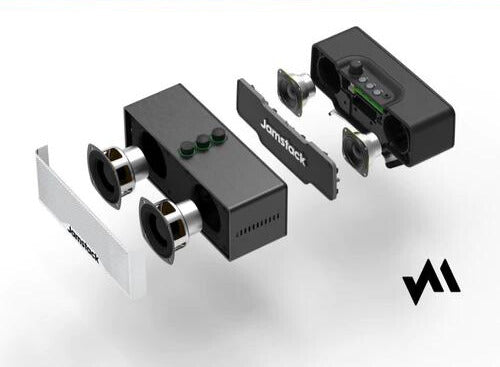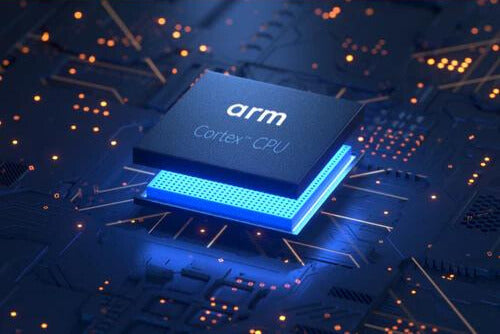How We Made Our Small Speakers Sound HUGE

The notion is becoming more accepted in the home audio space that bigger isn’t always better - and with the rise of the smart amplifier, people are starting to apply this notion to guitar amplifiers too.
Portable speaker technology is skyrocketing in tandem with other supporting technologies to allow great sounding amps to be crazy small, but still have shocking volume and sound quality.
Doing this, however, is not as simple as it sounds and at Jamstack we’re on the bleeding edge of what is physically possible when it comes to size/sound quality ratio.
When your guitar amp is so small that it’s literally both attachable and baggable (backpack, gig bag, purse) you really start to think differently about when and how you can play the electric guitar. Your amp will start to feel at-home in the living room, at the office, or always on your guitar. The prospect of bringing your entire effects rig to the cottage, an impromptu park jam session, late night hangout, or grandma's house, doesn’t seem like a big deal at all. It’s an incredibly freeing and powerful experience and worth every bit of effort we put into it.
Here is just a taste of the work and components we’ve invested in to put the Jamstack 2 in a class of its own for both portability and sound quality.
The first thing you have to get right in making any premium sound system is the drivers. Now this might seem obvious but this is where many manufacturers of portable speakers cheap out and try to compensate with psychoacoustics. We, on the other hand, started with the most premium neodymium magnet, high excursion, high dynamic range driver design we could find anywhere that still gave us a chance of hitting our weight and size constraints. But we had our work cut out for us. The drivers on the Jamstack 2 are enormous when compared to the Jamstack 1 and also any other speaker of its dimension.
Now that we had the most critical component it became a 3D tetris puzzle in order to fit everything else into the system we needed. That list includes.
The main PCB:
-Bluetooth chip
-Apple authentication chip
-Wireless chip
-Power management chip
-Several other critical components
Effects module
Large high current battery
Antenna
Mechanism
The ports:
-¼” Guitar jack
-Headphone jack
-USB-C port
-Wireless SKAA button
Encoder button board
Cabling
Screw mounting points
We started by choosing a more angular enclosure design to give us the best chance of fitting all of these components in place.
We developed several technologies to make this all happen, some of which are top secret, but here’s what we can tell you:
First, our world class electrical engineer created a PCB that was a masterpiece of tetris and traces that surprised even us with its layout density. There isn't room for one extra capacitor in there.
Next, we realised that by orienting the button board between the two drivers, it allowed us to move them significantly closer together. There’s actually a lot going on under the button board that you wouldn’t expect looking from the outside alone.
Then we created a new way to mount the drivers into the enclosure. The whole front assembly is one piece, instead of individual speakers screwed into the enclosure. This means we didn’t need to put long cylindrical mounts for the screws through the entire unit, saving valuable space.
Finally, came an innovation by yours truly which I’m pretty proud of. We could see early on that the high output battery pack we needed was simply not going to fit anywhere. I imagined that if we could somehow split the pack into separate cells, we could make it work. Sounds simple enough but this means we had to design circuit protection circuits for each cell individually and a custom bracket to mount them in place. To our knowledge, no other portable speaker has done this.
Our wireless partners insist on incredible antenna performance, and when they saw our design, they had the idea to integrate the metal grill as part of the antenna itself. The wireless antenna sits on the right side of the unit and touches the grill upon insertion creating a huge radiating surface. This was a win-win for both antenna performance and space-saving.
These are just a few of the innovations and won-battles that made the Jamstack 2 possible.
Hopefully you can begin to appreciate just how special this amplifier is and why it’s taken so much time to get to this point.
Try to resist taking it apart when you get it, but I wouldn’t blame you if you did.
Happy jamming!
-Chris
Want to level-up your playing? Pre-order your Jamstack 2 amp today!



